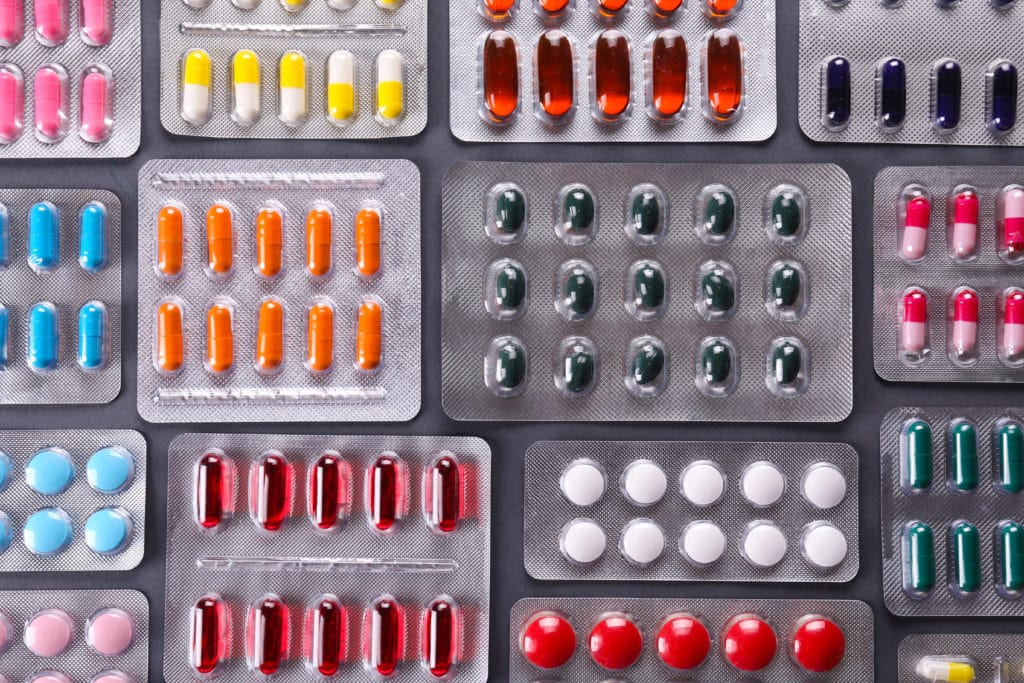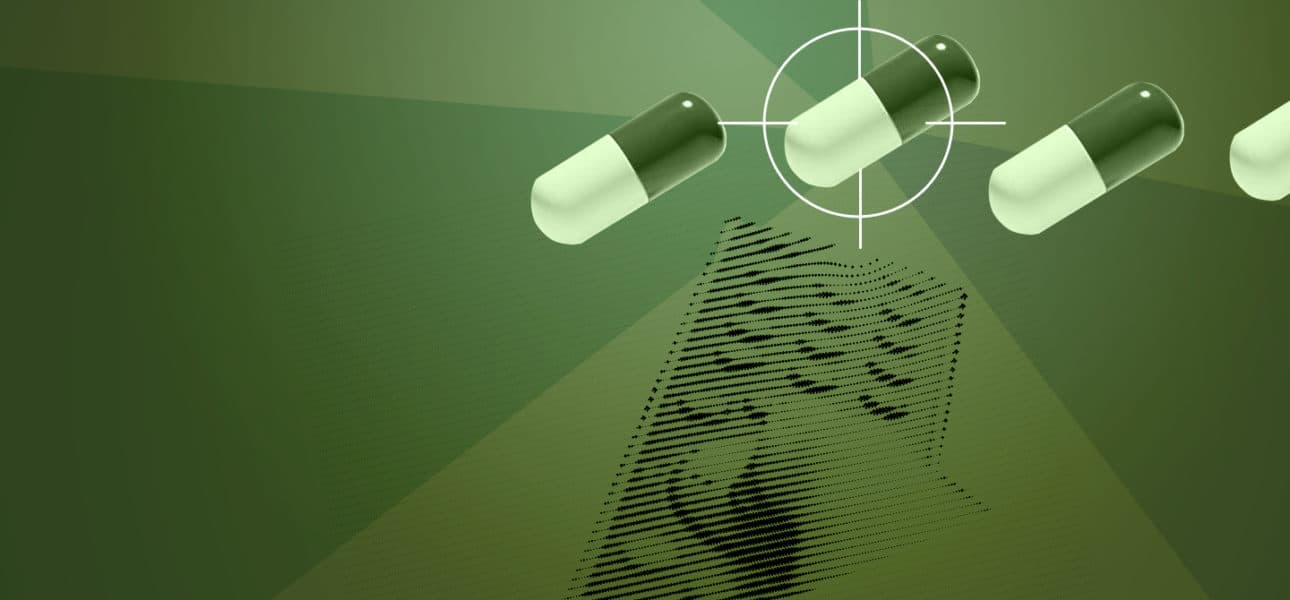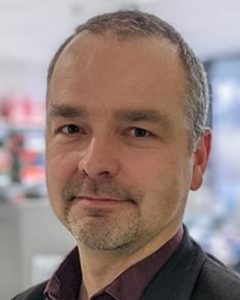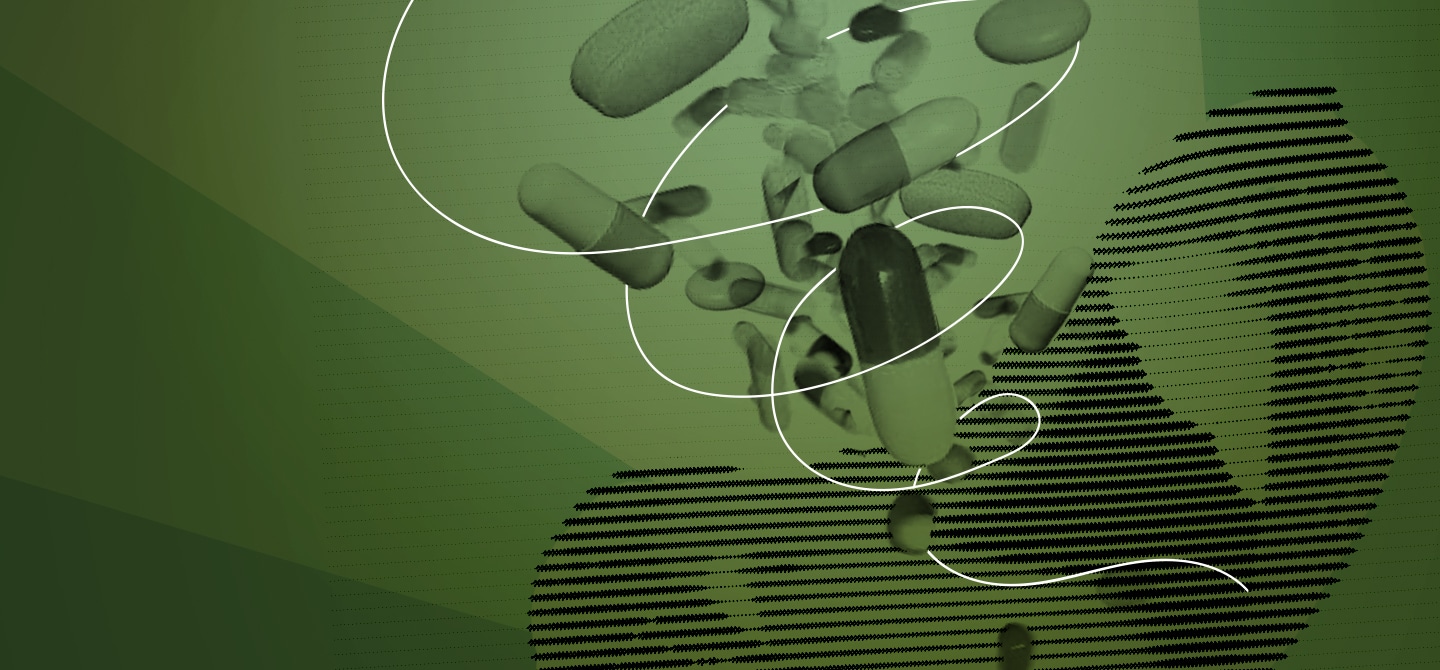New scientific approaches, new clinical evaluation frameworks, new economic models… What if, to solve the antibiotic resistance crisis, we had to reinvent everything?
Faced with the development of resistance to antimicrobial treatments the World Health Organisation is warning that we are on the verge of entering a post-antibiotic era and that a health catastrophe is on the horizon. Hannu Myllykallio, professor at the Optics and Biosciences laboratory (LOB) at École Polytechnique, reminds us that “the O’Neill report written by economist Jim O’Neill on behalf of the British government1 showed that antibiotic resistance could kill more people than cancer by 2050.”
So, has research given up hope of developing new solutions to bacterial diseases? No. “A great many academic laboratories are working on the subject,” confirms Hannu Myllykallio. “But to succeed, many obstacles must be overcome.” For Michael Mourez, director of innovation at Montpellier-based biotech Deinove, which invents new antibiotics by combining synthetic biology and analyses of little-known bacteria, “the development of antibiotics faces three types of challenge: scientific, pharmacological and economic.”
Scientific challenge
While the first is not specifically an issue of antibiotics, it is still important. “The traditional approach, which consists of analysing the content of a fermentation extract of a microbe that kills the bacteria in the laboratory, has not worked for the past 40 years for gram-negative bacteria and 20 years for gram-positive bacteria. We need to change the paradigm,” Michael Mourez says.
New approaches have been developed. Many hopes have been pinned on targeted screening, i.e. the analysis of libraries of known molecules to find new antibiotics directed against known targets. “But it doesn’t work because pharmacology of the 20th Century, which very focused on efficacy in human cells, does not sufficiently cover every bacteria, especially gram-negative ones,” explains Michael Mourez. Clearly, having studied bacteria too little, the pharmaceutical industry does not understand enough about microbial biology.
Moreover, genomic approaches would seem to have not kept their promises. “We thought it would be enough to identify a new target based on the analysis of its gene… but we neglected the translational aspects,” insists the microbiologist. “The way bacteria behave in their host, in a biological environment that varies from one organ to another, is something that cannot be replicated in a test tube.”
The scientific community has recognised its powerlessness. In 2007 and 2015, the manufacturers AstraZeneca2 and GSK3 even published the results of their fruitless research. No one can accuse them of having lacked ambition.
Today, laboratories are trying new approaches. “For example, artificial intelligence systems are used to increase the efficiency of development processes or to analyse libraries of molecules,” explains Hannu Myllykallio. These algorithms seek to identify the most promising chemical structures. The molecules are then synthesised de novo for evaluation. In France, the company Iktos is a leader in this approach. The approach is still unprecedented for antibiotics, but in 2022 the American company Insilico Medicine entered phase I with an antifibrotic drug designed entirely by artificial intelligence.
Others are using phages, viruses specific to bacteria, to create new therapeutic approaches. The French company Pherecydes is trying to do this, with approaches that combine phages and synthetic biology.
Finally, many are focusing on antivirulence, which consists of disarming bacteria and blocking their harmful action rather than trying to prevent their growth4. Michael Mourez is not getting carried away, “we don’t yet know if it will work. There is still the question of the effectiveness of this approach in the human environment.” Hannu Myllykallio agrees, “it is easy to find active molecules on bacteria in the laboratory, but it is more complicated to show that they are effective and safe in humans. This requires real research efforts. We can no longer rely on the same mechanisms as previous generations of treatments.”

Clinically tested…
The question of efficacy is not the only thing to consider when developing a drug. Michael Mourez explains, “when you have a product that works in preclinical studies, you then have to find the right dose to administer to patients and find the balance between toxicity and efficacy. This is not easy with antibiotics.” It is important to understand that infections are caused by the multiplication of a large number of microbial cells. To eradicate them, it is not surprising to use large doses of antibiotics.
And finding the right dose faces a recurring problem in biology: imperfect models. “Mice are not sensitive to the same pathogens as humans,” says Michael Mourez. “So we use animals with deficient immune systems to study infections. There are also in vitro tests to predict the potency of an antibiotic, but their results are far too uncorrelated with human biology.” Here, again, conventional approaches fail to solve this pharmacological problem.
Finally, the clinical demonstration of efficacy is particularly difficult for these drugs. “Current antibiotics were developed before clinical rules were imposed. It is almost impossible today to show that a new product is more effective than the old ones,” says Michael Mourez. The difficulties are mounting. As each infection is biologically unique, selecting a uniform group of patients is virtually impossible. As for a comparison with a placebo, this is unthinkable from an ethical point of view, and demonstrating the superiority of a new molecule is difficult. Especially since what is expected of a new antibiotic is not necessarily to be superior. Doctors would be satisfied with products of equivalent effectiveness with a different mechanism of action.
Another difficulty is that the countries where the limits of the current pharmacopoeia are the most brutal are India and North African countries. “These are countries outside Europe. Conducting clinical trials there is not much appreciated by the American (FDA) or European (EMA) regulatory authorities,” notes Michael Mourez. And until recently, the latter imposed at least three pilot clinical trials (phase III), which requires money and many patients. “And the more people you test the product on, the more you increase the risk of toxicological accidents,” he insists.
In summary, very few new molecules take the classic development routem being quickly directed towards compassionate use; where it is easier to obtain very early authorisations for use restricted to patients who have exhausted other therapeutic options.
As a result, recently the FDA and EMA have changed their expectations for antibiotics. Smaller, so-called “proof-of-concept” trials (Phase II) may now be sufficient to complete a marketing authorisation dossier, with restrictions: the company marketing an antibiotic in this way commits to further clinical trials as well as to increased monitoring of resistance and safety of the drug (Phase IV).
And the financial
The final problem is economic. “The development of a product costs about $1.3bn and takes between 10 and 15 years,” explains Michael Mourez. “This is equivalent to a molecule in the field of immuno-inflammation or oncology, for example. But when a new antibiotic is approved, unlike a new anti-cancer drug, it should not be sold, but kept for use only as a very last resort.”
“A bad antibiotic sells just as well as a good one,” he adds. So, you can’t rely on the market to reward R&D efforts. It is on the base price of the treatment that biopharmaceutical companies expect their return on investment. “Ceftolozane/tazobactam or ceftazidime/avibactam [two combinations launched in 2015, editor’s note] cost about $10,000 per treatment. This sounds huge, but these are orphan disease costs,” justifies Michael Mourez. These are last-resort treatments, which can only be prescribed when first-line solutions have failed. “These last generation combinations have only been sold for $100m,” adds the specialist, “which is too little given the costs of developing and monitoring their marketing, such as participation in the Resistance Observatory and therapeutic education programmes.”
Companies developing antibiotics are therefore calling for new business models. “The Beam alliance proposes patent transfer systems to help finance small companies that find new antibiotics. We can also imagine a sort of ‘Netflix’ of antibiotic therapy, a subscription system for states that would ensure the financing of R&D,” says Michael Mourez. Is this a start-up delirium? No. The United States has already legislated on a system of this type with the Pasteur ACT5. And the UK is considering it with an evaluation of two molecules6. Will this save our antibiotic world? Only time will tell.









